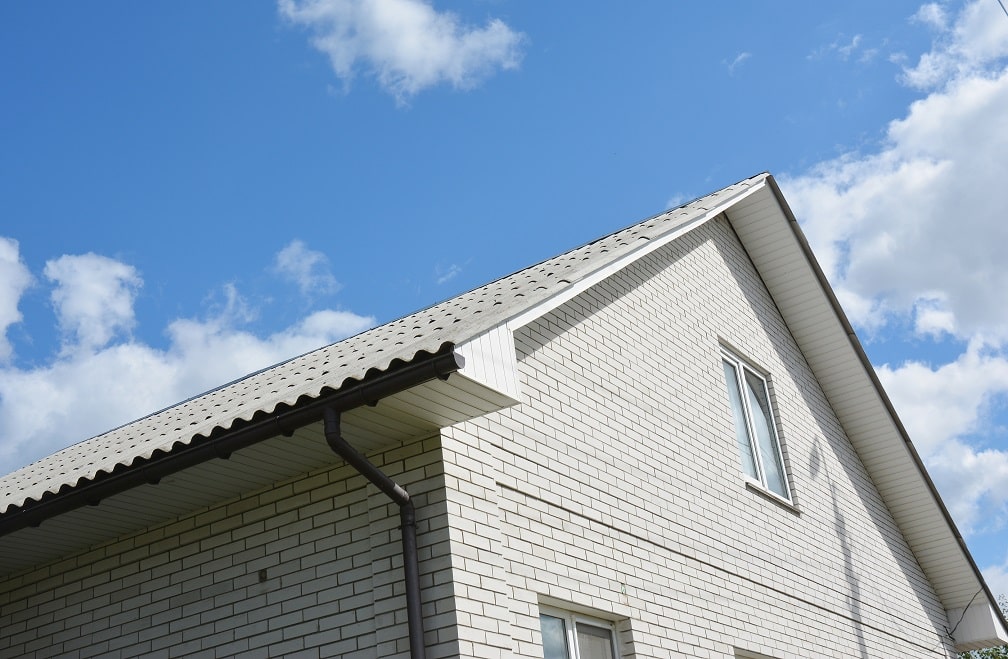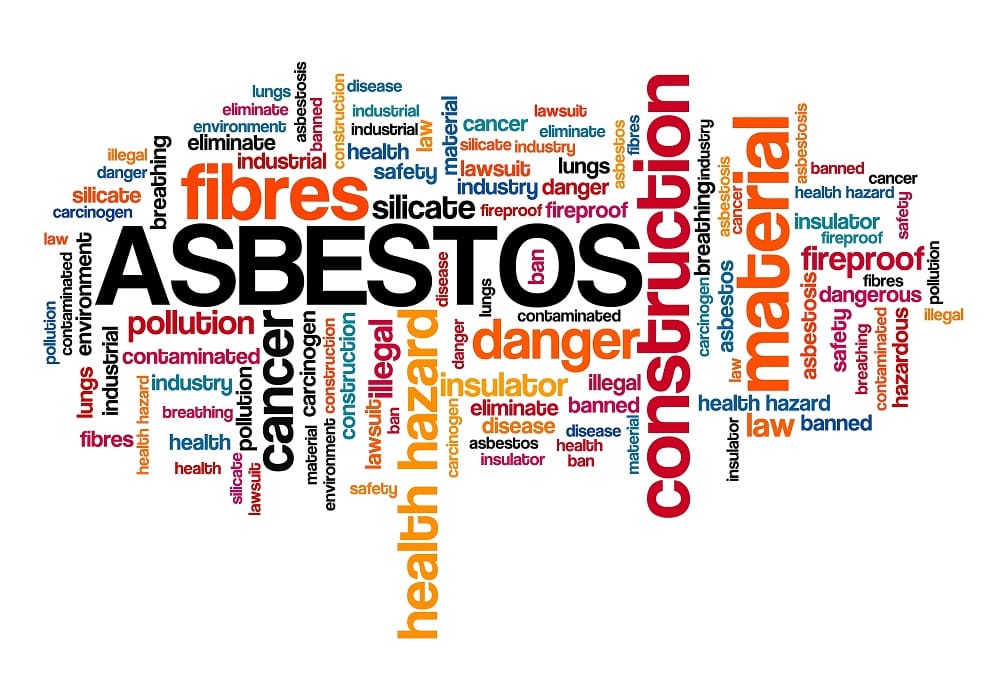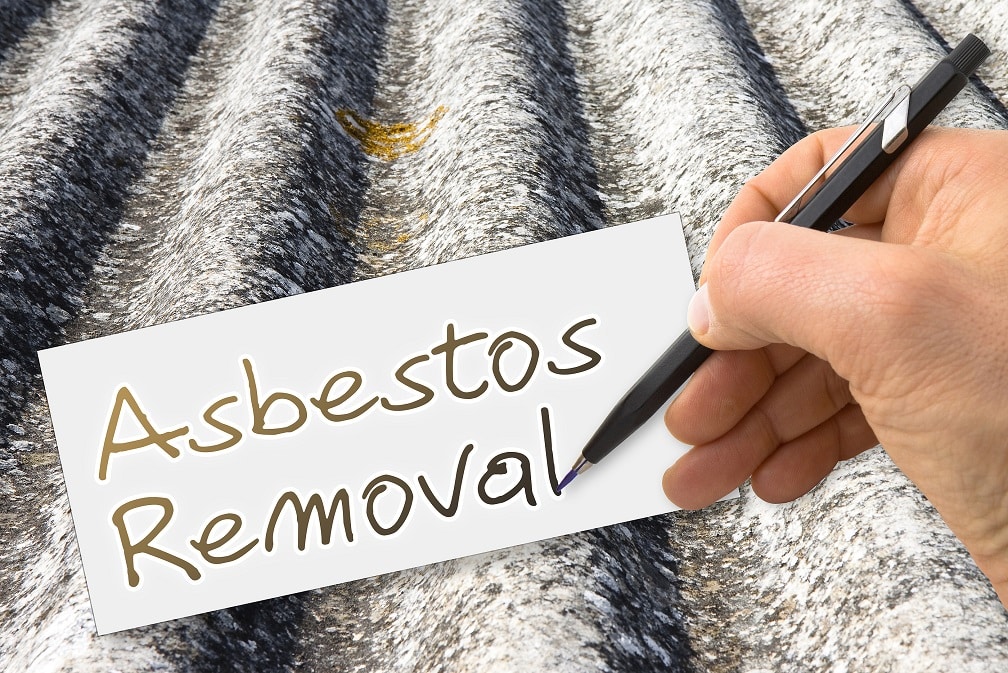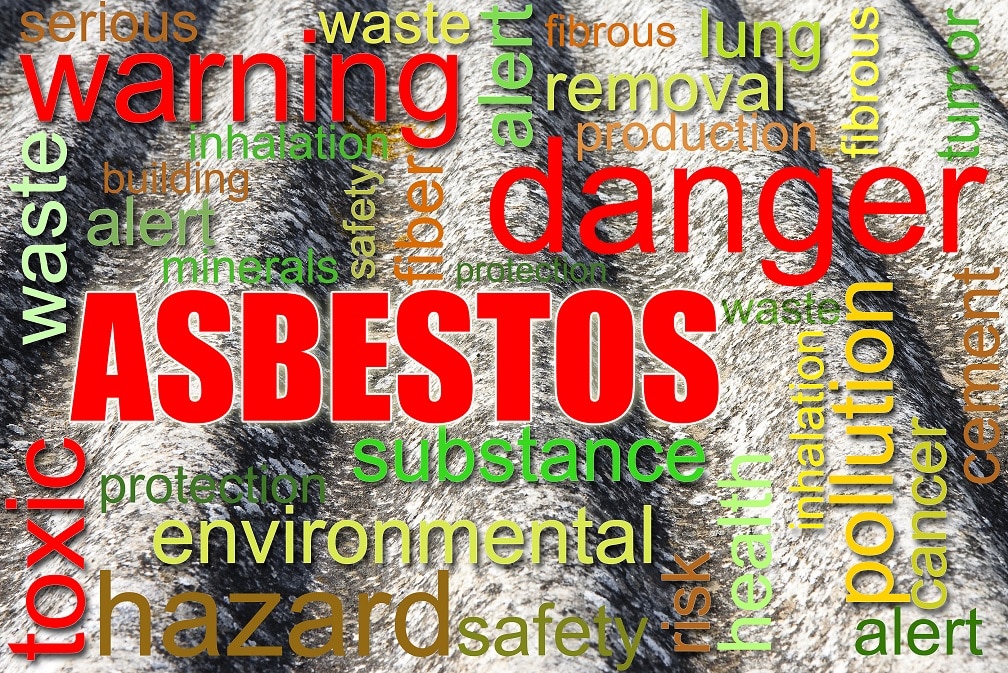From ancient times, man has used a naturally occurring mineral, asbestos. Because of its heat-resistant properties, the substance was, until relatively recently, the leading material in the construction and installation of drywall and floorings. Asbestos was a handy material for insulation and fire-proofing of homes and other structures.
Many homeowners are now resorting to renovation as a cost-effective alternative to new home construction. However, starting renovations or upgrading an existing structure means the possibility of disturbing materials made of asbestos and the need to follow federal regulations on their removal and testing.
Does my Home Contain Asbestos?
A leading reason why removing asbestos is so critical is that this toxic material is widely present in American homes and buildings. Globally, at least 107 000 people die each year from asbestos-related illnesses. According to one study, about 30 million residential and commercial buildings contain significant amounts of asbestos.
It may not be as easy as it first seems to find asbestos within your home. If you crawl into the attic and come across fluffy, gray material, you will undoubtedly know that it’s definitely not fiberglass insulation. But the question is whether it contains asbestos? It well could be harmless blown-in cellulose. What about some harmless-looking exterior cement shingles? There is a possibility that they could be a potentially dangerous older kind of siding known as asbestos-cement shingles.
Why Test for Asbestos?
According to the Environmental Protection Agency, in 1985, about 20% of residential apartment buildings and private/public buildings in the US contained friable asbestos. To be on the safe side, even if you have already identified where asbestos is located in your home, it’s better to test for the stuff as other surrounding areas might as well be harboring it.
Asbestos is unsafe material in your house as it can cause asbestosis, a chronic lung disease. Even worse, it can cause mesothelioma and other forms of cancers. The most worrying aspect is that getting sick from asbestos doesn’t happen overnight, as it can take years or decades.
If you want to know whether your house is safe, then consider getting an asbestos testing kit. There are numerous types of asbestos testing kits available in the market, some of which can give you immediate results.
Conclusion
The effects of asbestos on your health or family members may not be apparent until someone falls sick. Getting an asbestos testing kit a recommended way of knowing whether your house has asbestos. If the test turns positive, act immediately. There are specific federal rules and regulations that dictate how you should handle asbestos waste, whether at home, in schools, or in the workplace.
It may also be a smart idea to have professionals inspect and confirm if the weird looking stuff in your home is indeed asbestos or some benign stuff. This also ensures that no hidden danger is lurking in your flooring, ceiling, or drywall.
By having asbestos in your home removed by a certified contractor, you will not only have the peace of mind from knowing that your household is safe but that you can proceed with renovations without any risk of asbestos contamination.





